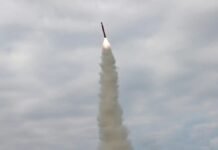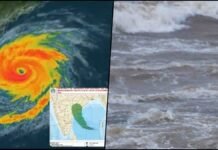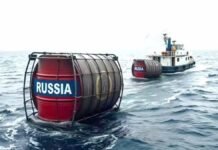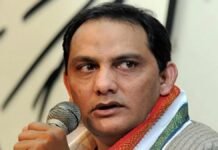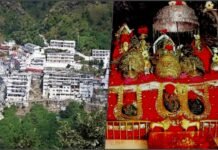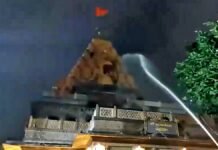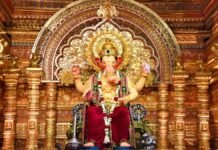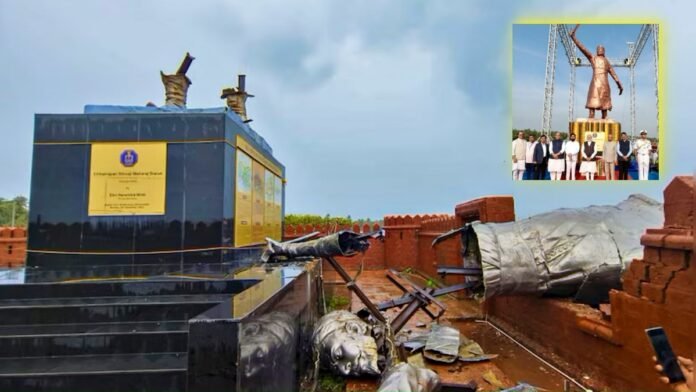
Mumbai: The majestic 35-foot statue of Chhatrapati Shivaji Maharaj, a revered Maratha warrior king, stood proudly at Rajkot Fort in Malvan tehsil of Sindhudurg. Unveiled by Prime Minister Narendra Modi on Navy Day last year, it symbolized the valor and legacy of the 17th-century Maratha empire founder. However, tragedy struck when the statue collapsed on Monday afternoon, leaving the nation in shock.
Navy’s Role and Oversight:
Deputy Chief Minister Devendra Fadnavis clarified that the Navy, not the state government, was responsible for constructing and overseeing the statue. The Navy’s involvement raises questions about whether critical factors were adequately considered during its fabrication and installation. Factors such as high wind speed and the quality of materials used may have contributed to the statue’s vulnerability.
A Bigger Resolve:
Undeterred by the collapse, Fadnavis announced a bold resolve: a larger statue of Chhatrapati Shivaji Maharaj would rise from the same spot. This commitment reflects the enduring reverence for the Maratha warrior king and the determination to honor his legacy.
Political Controversy:
Opposition parties wasted no time in targeting the state government. Accusations of haste in installing the statue ahead of the Lok Sabha elections have fueled the controversy. However, Fadnavis urged restraint, emphasizing that politicizing this tragedy would be shallow. Maharashtra Chief Minister Eknath Shinde attributed the collapse to wind speeds of 45 km per hour.
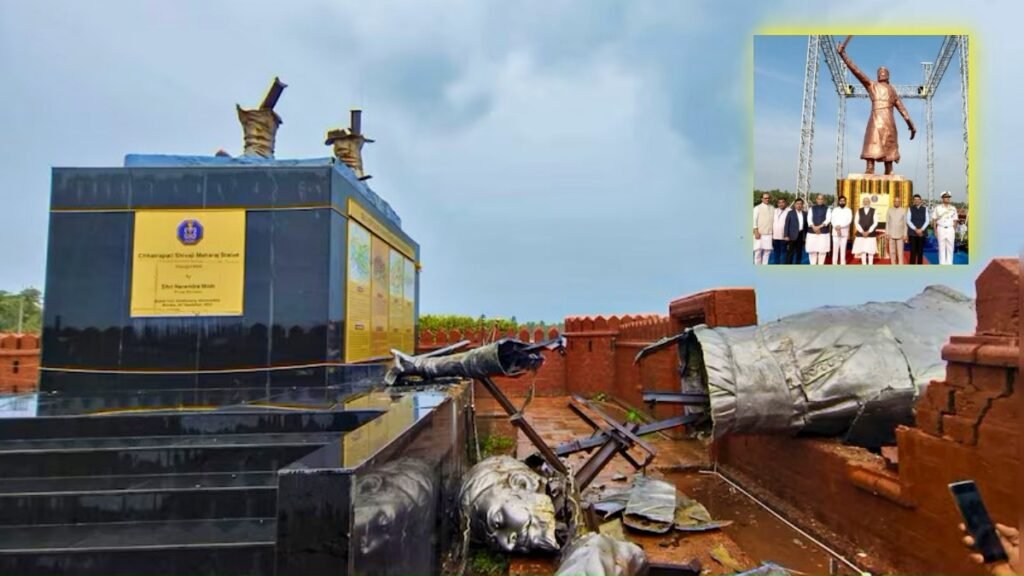
Investigation and Accountability:
An ongoing inquiry seeks answers. State Public Works Department (PWD) Minister Ravindra Chavan revealed that PWD officials had previously identified rust on the statue. They promptly notified the Navy. Local police have also filed a case against the contractor and structural consultant involved in the statue’s installation.



